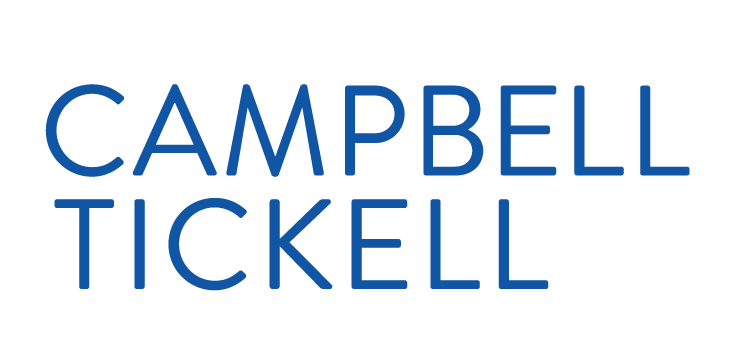Workspace or workplace?
Closing its head office has enabled Johnnie Johnson Housing to improve customer engagement and gain a better understanding of people’s needs
Few, if any, organisations were not severely disrupted by Covid-19 and the ensuing lockdowns. Many businesses changed the ways they worked – and the locations from which they did that work – virtually overnight.
But while some may have seen the ‘work from home’ mandate as a temporary inconvenience, others have used it as a starting point to entirely reimagine how they can deliver their services.
Traditional offices replaced
Johnnie Johnson Housing is part way through putting in place its ‘Customer First’ programme, which chief executive Yvonne Castle says “will change the operating model for service delivery”. Although a number of the things that ‘Customer First’ entails were already being planned pre-Covid, it was the pandemic that has proved a catalyst for some of the biggest changes.
When the first lockdown was announced, back in March 2020, Johnnie Johnson had just approved its new corporate plan. Two days later, the association closed its head office, Astra House in Stockport, and began work to revise its strategy to fit the new environment that both staff and tenants found themselves in.
Over the course of a few months, Johnnie Johnson decided to:
- Make the closure of Astra House permanent and drew up plans to turn it into 40 extra care apartments for its residents
- Launch its ‘My Futures Group’, comprising people from across the business to co-design how the organisation would look in the future
- Use feedback from staff surveys to open an Innovation Hub – a new space where colleagues could get together to meet and collaborate
Workspace at housing schemes
Today, Castle and her colleagues work either from home, at the Innovation Hub, or from small offices embedded in Johnnie Johnson housing schemes, so they are closer to their residents.
“The longer-term plan is that when we build new schemes – should the land and cost etc. allow – we’ll be building in professional working space,” she says. “In the shorter term, when we remodel and invest in existing schemes, we’ll be doing the same. These will be places where colleagues can dive in and out and get closer to the customer.”
But while, for some organisations, the closure of the traditional office has been driven by resource management or cost cutting, for Johnnie Johnson it’s about allowing staff to better understand the needs of the people they serve.
“It’s aligning everything with the customer in mind, and [thinking] what can make their experience with Johnnie Johnson better,” says Castle. “So that’s about cost, it’s [about] engagement, but then also the main driver is making sure we’re providing what they want us to provide, as opposed to us providing what we think we should be providing.
“The concept is about getting closer to customers so we understand our customers’ needs, so that they can meet us, and we have much better engagement and understanding of what customers want from us. We also talked about how one of our priorities is to be a listening business, so it helps us with that vision too.”

Yvonne Castle CEO, Johnnie Johnson Housing
“The concept is about getting closer to customers so we understand our customers’ needs, so that they can meet us, and we have much better engagement and understanding of what customers want from us.”
24-hour service
Now, staff at Johnnie Johnson can choose when and where they work, with hours managed on a week-by-week basis within each team and governed by a set of ‘Guiding Principles’, which include putting the needs of the business, customers and colleagues first. One of the aims behind this approach is to become a 24 hour-a-day service to residents – something which is only possible through truly embracing both flexibility and the potential of digital technology.
And that adoption of digital technology, while a challenge, also confronted a lazy assumption about catering for older residents. Castle and her team made sure that digital tools, such as Microsoft Teams, were made available to all residents and encouraged their use – particularly during the first lockdown. The result has been more, rather than less, engagement.
“On the digital side, we've got some people that love it and some people that don't like it and would have preferred face-to-face. So it's quite a mix, but what I would say is we’re getting more people online than we've ever done before. We were getting new people that didn't want to come to the face-to-face get-togethers, but they're happy to spend time with us online.”

